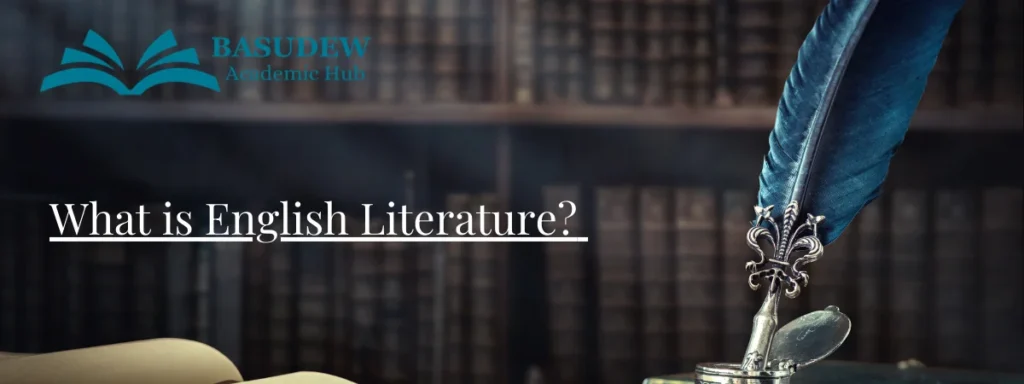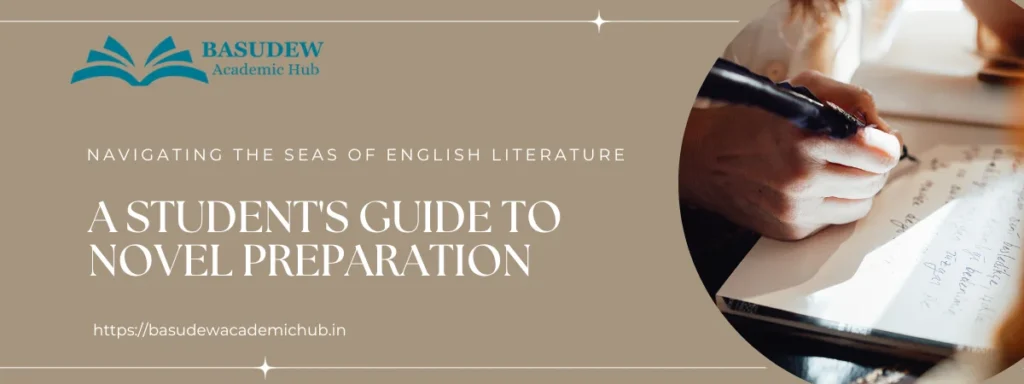Indian English literature has a rich and diverse history, reflecting the cultural, social, and political changes in India over the centuries. The roots of Indian English literature can be traced back to the British colonial period when English became a medium of education and administration.
- Colonial Era (1600-1857): The early phase of Indian English literature is marked by the influence of British colonialism. The first English book written in India was by Father Thomas Stephens, a Jesuit missionary, in the early 17th century. However, it was during the 18th and 19th centuries that English literature began to take shape. The works of early writers like Raja Ram Mohan Roy and Henry Louis Vivian Derozio reflected a growing awareness and engagement with Western ideas.
- The Bengal Renaissance: The 19th century witnessed the Bengal Renaissance, a cultural and intellectual movement that significantly contributed to Indian English literature. Writers like Rabindranath Tagore, the first non-European Nobel laureate in Literature, enriched the literary landscape with his poems, plays, and novels. Tagore’s “Gitanjali” gained international acclaim.
- Early Novelists and Poets (Late 19th to Early 20th Century): The late 19th and early 20th centuries saw the emergence of Indian novelists and poets who explored both Indian and Western themes. Bankim Chandra Chattopadhyay’s “Anandamath” and Sarojini Naidu’s poetry were early examples. Toru Dutt and Manmohan Ghose were among the poets who contributed to the burgeoning literary scene.
- Progressive Writers’ Movement (1930s-1950s): The early to mid-20th century saw the rise of the Progressive Writers’ Movement, a literary movement in various Indian languages, including English, which aimed to address social issues and promote progressive ideals. Mulk Raj Anand, Saadat Hasan Manto, and Ismat Chughtai were notable figures associated with this movement.
- Post-Independence Period (1947 onwards): After India gained independence in 1947, Indian English literature entered a new phase. Writers began to explore themes related to the post-colonial identity, cultural conflicts, and the challenges of a newly independent nation. R.K. Narayan’s “Swami and Friends” and Raja Rao’s “Kanthapura” are significant works from this period.
- The Nayi Kahani Movement (1950s-1960s): The Nayi Kahani (New Story) Movement in the 1950s and 1960s marked a shift towards more experimental and realistic fiction. Writers like Nissim Ezekiel, Mulk Raj Anand, and Kamala Das were associated with this movement, which aimed to capture the complexities of contemporary Indian life.
- Midnight’s Children and Salman Rushdie: Salman Rushdie’s “Midnight’s Children,” published in 1981, is a landmark work that brought Indian English literature to the global stage. The novel, which won the Booker Prize, explores the cultural and political landscape of post-independence India through the eyes of its protagonist born at the stroke of midnight on August 15, 1947.
- Diasporic Literature: Indian diasporic literature, written by authors living outside India, became a significant genre in the late 20th and early 21st centuries. Writers like Jhumpa Lahiri, Arundhati Roy, and Chitra Banerjee Divakaruni explored themes of identity, migration, and cultural hybridity in their works.
- Contemporary Voices and Themes: In recent years, Indian English literature has witnessed the emergence of diverse voices and themes. Authors like Arundhati Roy, Aravind Adiga, and Kiran Desai have received international acclaim, for addressing issues such as globalization, social inequality, and the changing dynamics of Indian society.
The history of Indian English literature is a journey of evolution and adaptation. From its early encounters with colonial influences to its contemporary exploration of global themes, Indian English literature continues to be a dynamic and vibrant expression of the complex tapestry of Indian identity.





